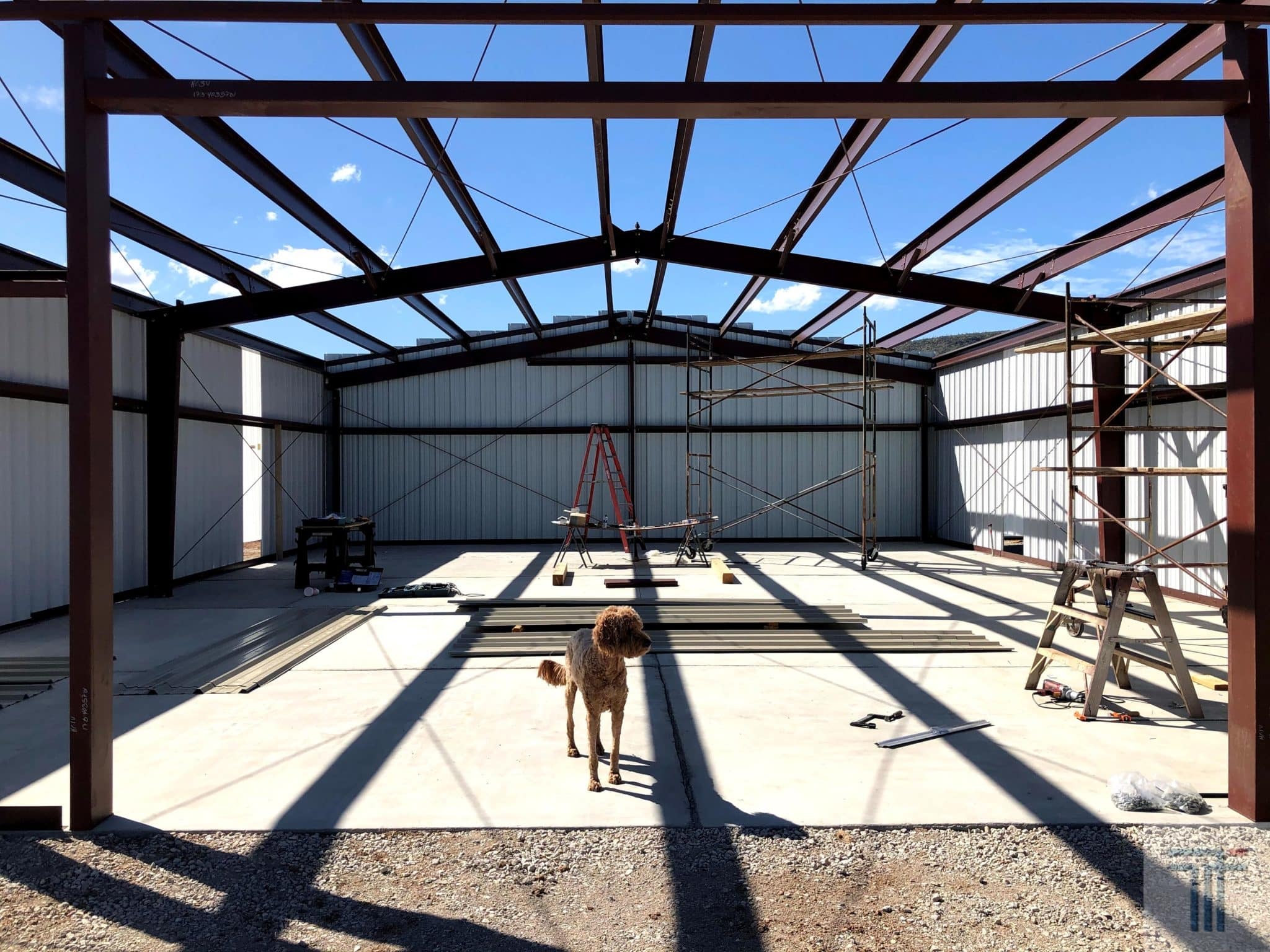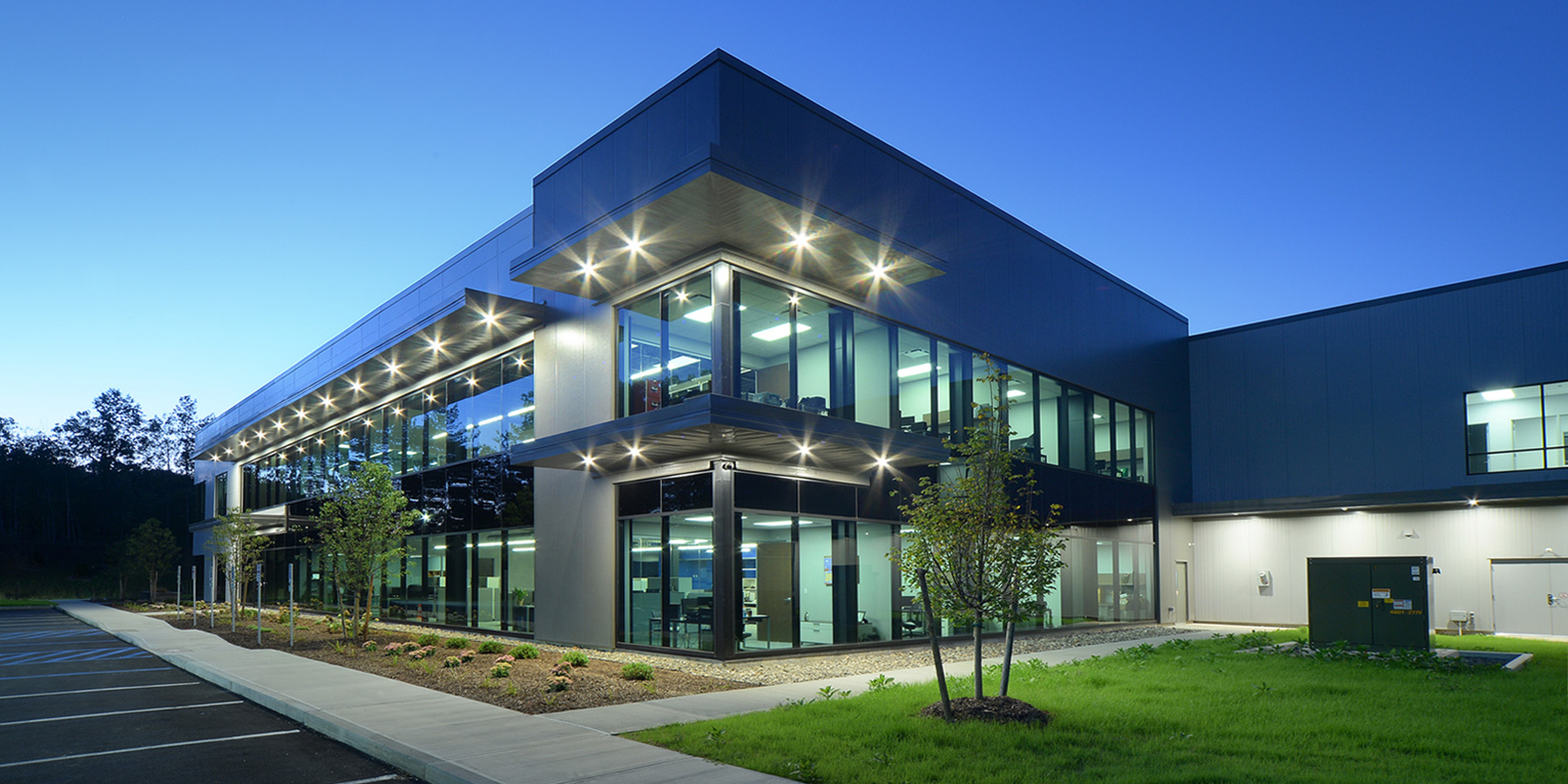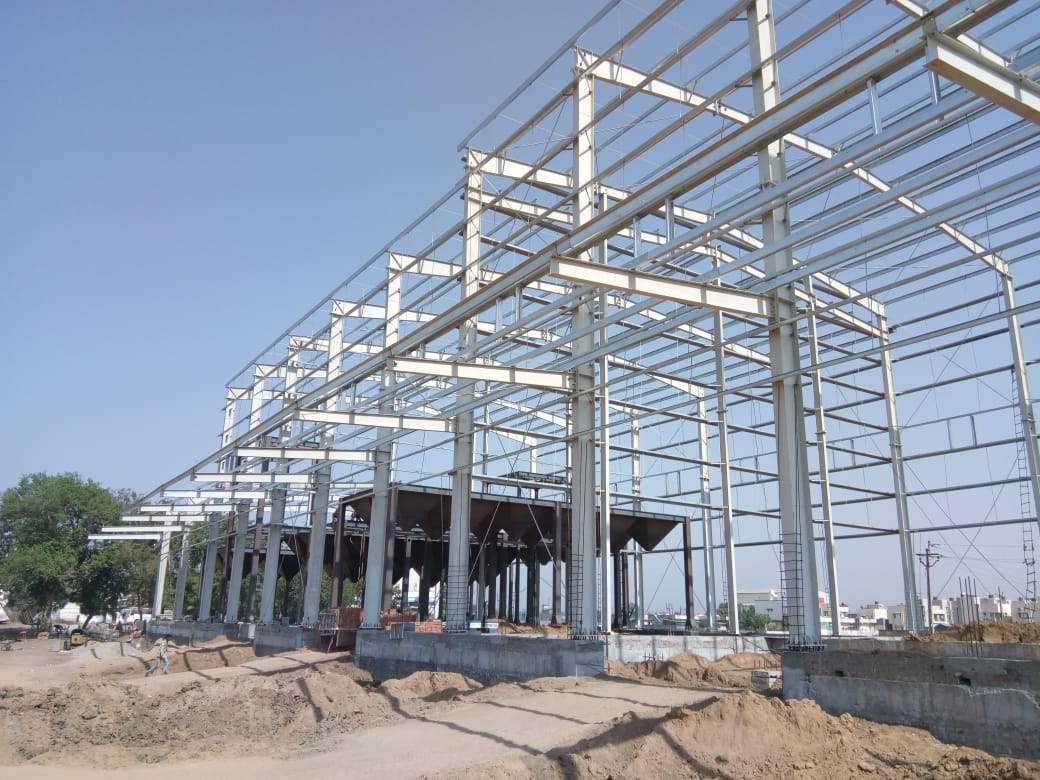The Competitive Advantage of Steel Structures: Why Choose This Superior Choice
Steel structures have actually emerged as a compelling choice in the realm of building and construction for a multitude of reasons. From their robust sturdiness to cost-effectiveness and lasting features, steel structures use a series of advantages that set them apart in the sector. The one-upmanship that steel buildings hold extends much beyond their preliminary allure, making them a recommended alternative for those seeking longevity and adaptability in their building and construction tasks. As we check out the world of steel constructions, it becomes obvious why this exceptional choice has amassed considerable interest from designers, designers, and engineers alike.
Durability and Durability
In the world of long life, sturdiness and building are basic elements that highlight the worth suggestion of steel structures. Steel is renowned for its effectiveness and capacity to hold up against different ecological conditions, making it a suitable choice for lasting structures. Unlike standard materials like wood or concrete, steel does not warp, split, or rot in time, making certain that a steel structure remains structurally sound for years.
One essential factor contributing to the resilience of steel buildings is their resistance to parasites such as termites, which can trigger significant damages to wood frameworks. Steel is likewise non-combustible, reducing the risk of fire damages and boosting the safety and security of citizens. Furthermore, steel buildings call for very little maintenance contrasted to other building materials, conserving both money and time in the long run.
Furthermore, developments in steel manufacturing modern technology have further enhanced the long life of steel structures by boosting deterioration resistance and architectural integrity. With proper treatment and maintenance, a well-constructed steel building can last more than 50 years, supplying a resilient and trustworthy remedy for various building and construction demands.
Cost-Effectiveness
With its many economic benefits, steel as a building material offers an engaging economical option for different building and construction jobs. The cost-effectiveness of steel structures stems from a number of essential variables.
Additionally, the building procedure with steel is faster and much more efficient compared to various other materials, resulting in lowered labor prices and earlier task completion. Steel buildings are also energy-efficient, enabling for cost savings on heating & cooling expenditures. The flexibility of steel permits easy expansion or modification, minimizing future building and construction costs by getting rid of the requirement for considerable remodellings. Overall, the cost-effectiveness of steel structures makes them a clever financial investment for various construction demands.
Adaptability in Layout
The flexibility of steel as a structure material enables a large range of cutting-edge layout opportunities in building and construction projects. Steel buildings use unrivaled versatility in design, making them a preferred choice for building contractors and designers. One of the key advantages of steel is its strength-to-weight ratio, which allows the building of big, open areas without the need for excessive support columns. This architectural effectiveness read enables for contemporary and imaginative layouts that may not be feasible with other structure products.
Steel's versatility also allows for personalization to satisfy details layout needs. Whether it's bent roof coverings, complex exteriors, or special geometric forms, steel can be formed to bring basically any style principle to life. Furthermore, steel structures can be easily expanded or changed, supplying future versatility for adapting to altering requirements.
Additionally, using steel in building and construction permits sustainable design techniques. Steel is extremely recyclable, decreasing environmental influence and promoting eco-friendly building and construction. Its toughness and resistance to rust ensure that steel buildings keep their visual allure and architectural integrity for several years to come. Inevitably, the flexibility of steel in layout not just enhances the aesthetic allure of buildings yet also contributes to their longevity and capability.

Sustainable Building And Construction Practices
Structure upon the structure of flexibility in design, sustainable building techniques in steel structures play an essential role in mitigating ecological effect and promoting long-lasting eco-friendly options. When steel structures get to the end of their lifecycle, the steel elements can be recycled and utilized in new construction tasks, lowering the demand for raw products and decreasing waste. Additionally, the power effectiveness of steel structures contributes to sustainability efforts.

Fast Construction Timeline

Furthermore, the streamlined process of erecting steel frameworks lowers construction time considerably. The simpleness of steel structure layout and the ease of assembly add to faster task conclusion, making it a perfect option for customers with time-sensitive requirements (steel buildings). In addition, the capability to service different elements all at once, such continue reading this as site preparation and foundation building together with steel manufacture, further increases the total building timeline
Conclusion
To conclude, steel buildings supply an affordable benefit due to their sturdiness, cost-effectiveness, adaptability in layout, sustainable construction techniques, and rapid building timeline. These variables make steel buildings a remarkable alternative for numerous construction projects, providing long-term benefits and value. Choosing steel structures can cause boosted efficiency, performance, and sustainability in the construction industry.
Unlike conventional products like wood or concrete, steel does not warp, crack, or rot over time, making sure that a steel building remains structurally audio for decades.
The flexibility of steel as a structure product enables for a broad variety of ingenious style possibilities in building projects.Building upon the foundation of flexibility in design, sustainable building methods in steel buildings play an important function in mitigating environmental influence and promoting long-term eco-friendly solutions. When steel structures get to the end of their lifecycle, the steel elements can be reused and used in new building and construction jobs, minimizing the need for raw products and reducing waste.In conclusion, steel structures offer a competitive advantage due to their sturdiness, cost-effectiveness, versatility in style, lasting building techniques, and fast building timeline.